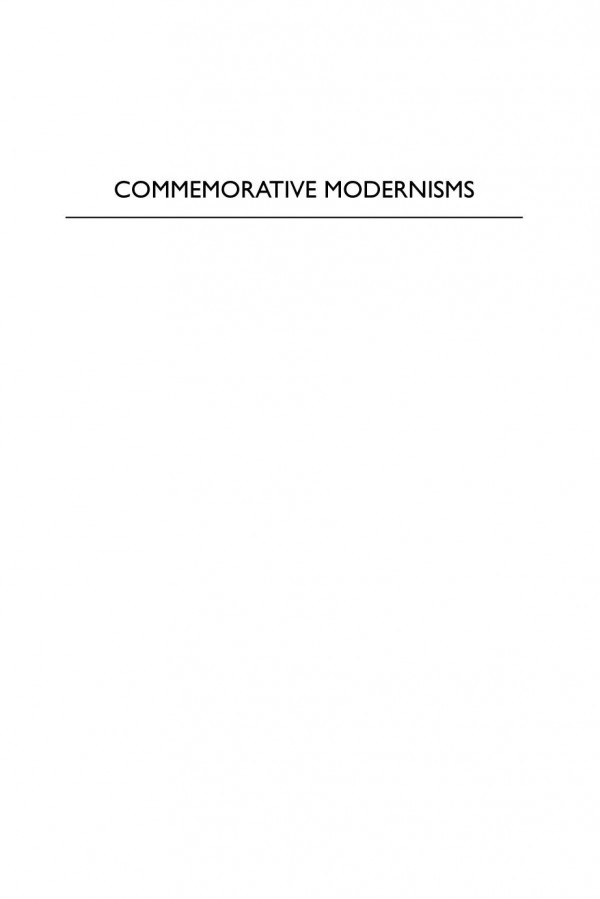

Most ebook files are in PDF format, so you can easily read them using various software such as Foxit Reader or directly on the Google Chrome browser.
Some ebook files are released by publishers in other formats such as .awz, .mobi, .epub, .fb2, etc. You may need to install specific software to read these formats on mobile/PC, such as Calibre.
Please read the tutorial at this link: https://ebookbell.com/faq
We offer FREE conversion to the popular formats you request; however, this may take some time. Therefore, right after payment, please email us, and we will try to provide the service as quickly as possible.
For some exceptional file formats or broken links (if any), please refrain from opening any disputes. Instead, email us first, and we will try to assist within a maximum of 6 hours.
EbookBell Team

4.3
68 reviewsOne of the key questions of modern literature was the problem of what to do with the war dead. Through a series of case studies focusing on nurse narratives, Edith Wharton, Katherine Mansfield, H.D., and Virginia Woolf, as well as visual and material culture, this book provides the first sustained study of women’s literary representations of death and the culture of war commemoration that underlie British and American literary modernism. Considering previously neglected writing by women in the war zones and at home, as well as the marginalised writings of well-known modernist authors, and drawing on international archival research, this book demonstrates the intertwining of modernist, war, and memorial culture, and broadens the canon of war writing.
One of the key questions of modern literature was the problem of what to do with the war dead. Through a series of case studies focusing on nurse narratives, Edith Wharton, Katherine Mansfield, H.D., and Virginia Woolf, as well as visual and material culture, this book provides the first sustained study of women’s literary representations of death and the culture of war commemoration that underlie British and American literary modernism. Considering previously neglected writing by women in the war zones and at home, as well as the marginalised writings of well-known modernist authors, and drawing on international archival research, this book demonstrates the intertwining of modernist, war, and memorial culture, and broadens the canon of war writing.